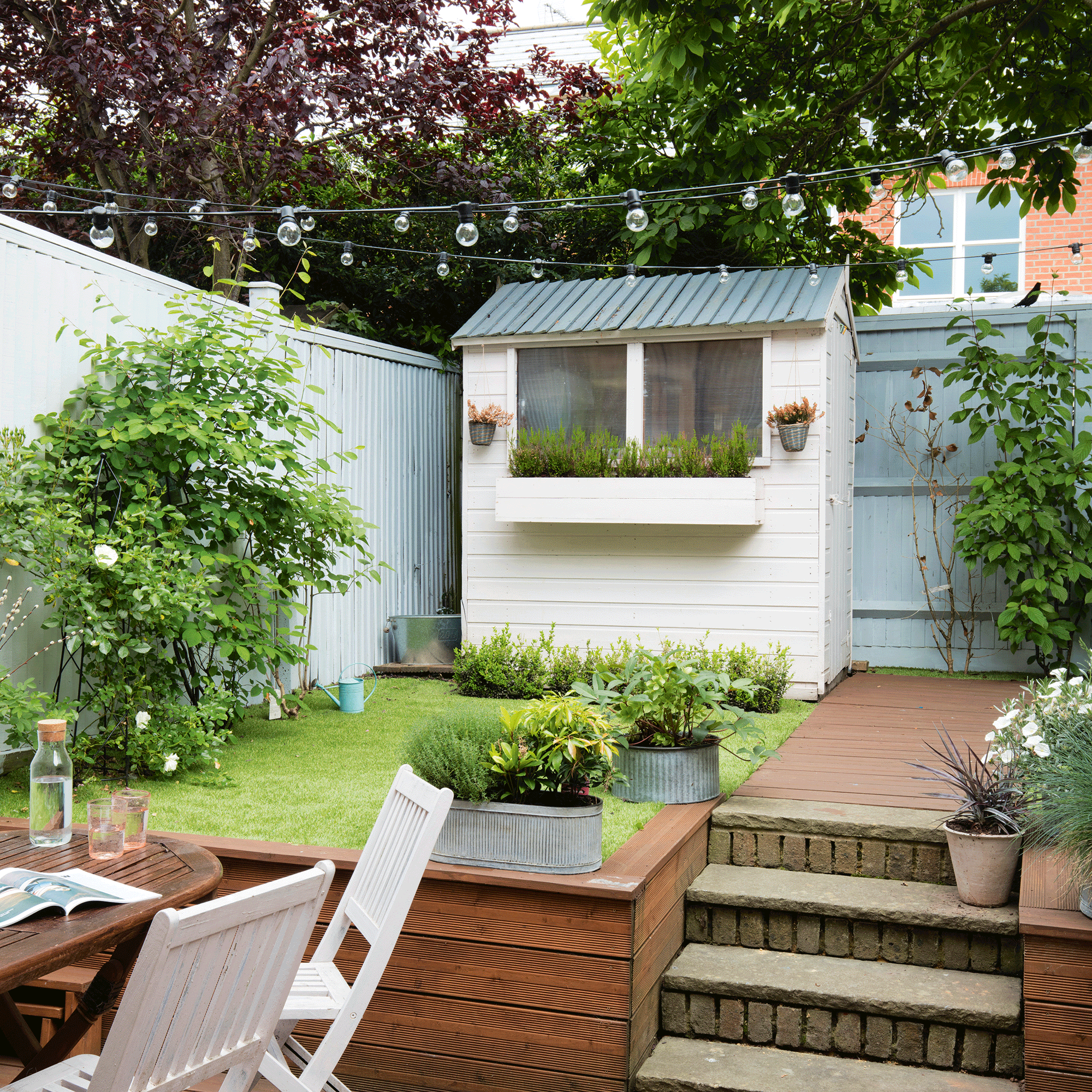
If your lawn is your pride and joy, you probably already know that aeration is one of the best things you can do to get it lusciously green. But you might still be wondering, when should you aerate your lawn to get the best results?
Lawn care is absolutely essential if we want our garden to look its best. And as far as garden advice goes, knowing when should you aerate your lawn is up there with the most useful tips you can get, as it really will make the world of difference to your grass.
'To achieve and maintain a healthy, beautiful lawn, it’s important that nutrients are able to reach the soil beneath the grass - and aeration is the ideal method for this', says Jonathan Hill, Director and Lawn Expert, Rolawn. 'A lawn should be aerated as part of your standard yearly maintenance to ensure soil quality remains high.'
But when is the best time to aerate your lawn? Aside from using one of the best lawnmowers, knowing when should you aerate your lawn is the best thing you can do for a healthy, happy garden.
When should you aerate your lawn?
We've asked the experts to share the answer to when should you aerate your lawn, so you can ensure you're doing it at the optimal time and getting the best results. Here's everything you need to know.
What is aeration and why does it matter?
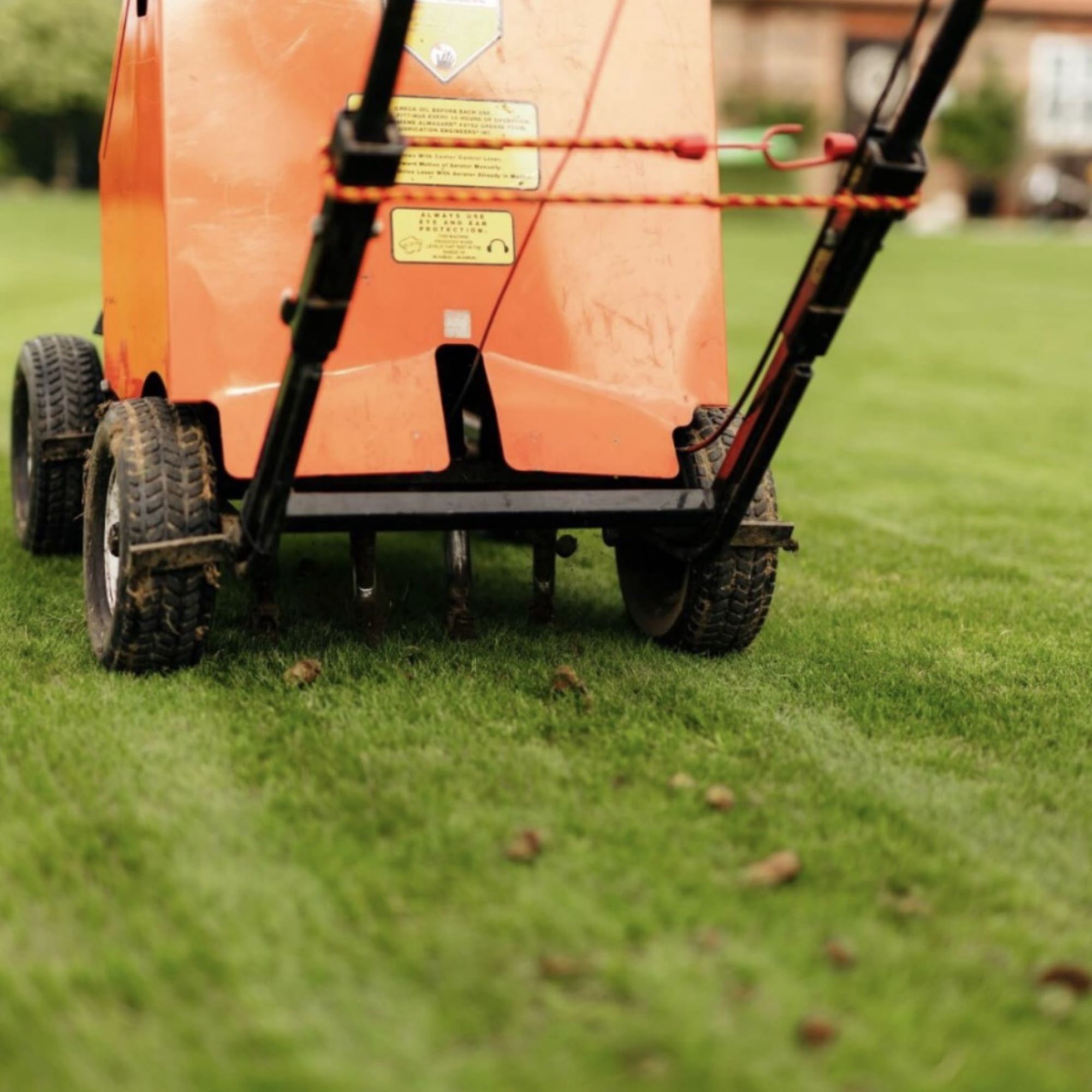
'Aeration is the process of spiking the lawn, traditionally performed with a spiked roller or a garden fork,' says Paul Hicks, Product and Marketing Manager, STIHL. 'This reduces the compaction of the soil and allows air, water, and nutrients to get to the grassroots.'
The process of aeration results in a healthy and luscious lawn, the essential component in any garden lawn ideas. Using an aerator like the Cobra-SA32E Scarifier and Aerator Lawn Raker, £109.50 at Amazon, will allow air and water to get into the roots of your lawn, promoting healthy grasses.
'Aeration not only creates air movement, it will decompact soil, aiding water drainage, which can help reduce waterlogging and surface flooding,' says Jonathan from Rolawn. 'It is a very important part of your lawn care process.'
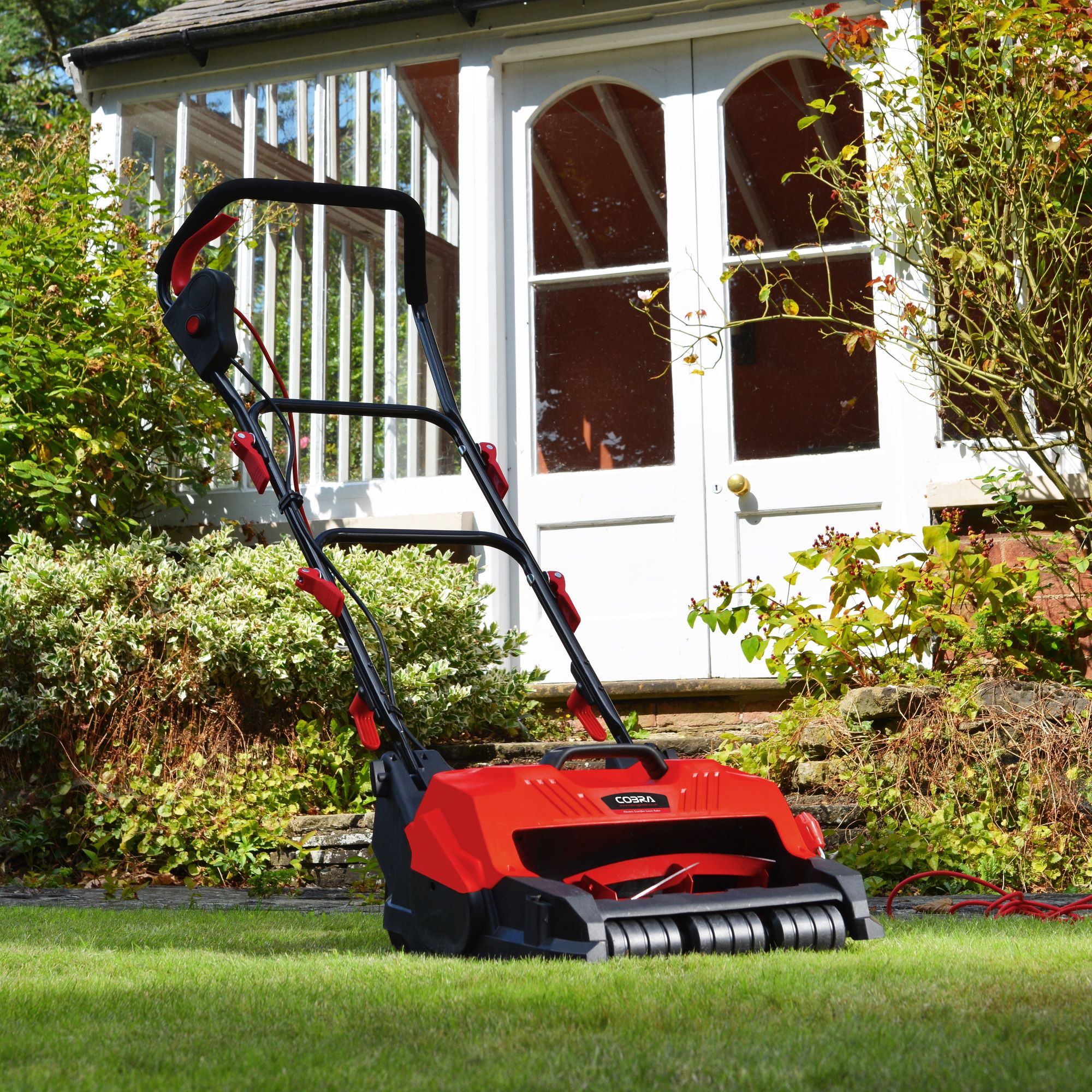
When to aerate your lawn
Now we've established the why, it's important to know when should you aerate your lawn to get the best results.
'The best time for aeration is when the grass is actively growing, especially before applying a lawn food or topdressing,' says Jonathan. 'This allows the turf to grow into the aeration holes where there is plenty of water, oxygen and space.'
As aeration is most effective when the grass is actively growing, spring and autumn are the best times to do it. That being said, it's also a good idea to aerate your lawn following a heatwave or dry spell, as your grass will be in need of some much needed TLC.
'Arid conditions can cause the ground beneath a lawn to become compacted,' Jonathan explains. 'When rains return, water needs to be encouraged to drain through the soil but if lawns are hard-packed it will tend to run off. Therefore aerating by spiking should definitely be considered.'
Given the recent heatwave our lawns have just survived, now is a great time to aerate and allow water and air to get deep into the soil. Like knowing how often to water your garden in hot weather, aerating after a sunny spell will turn your grass from parched to hydrated.
When shouldn't you aerate your lawn?
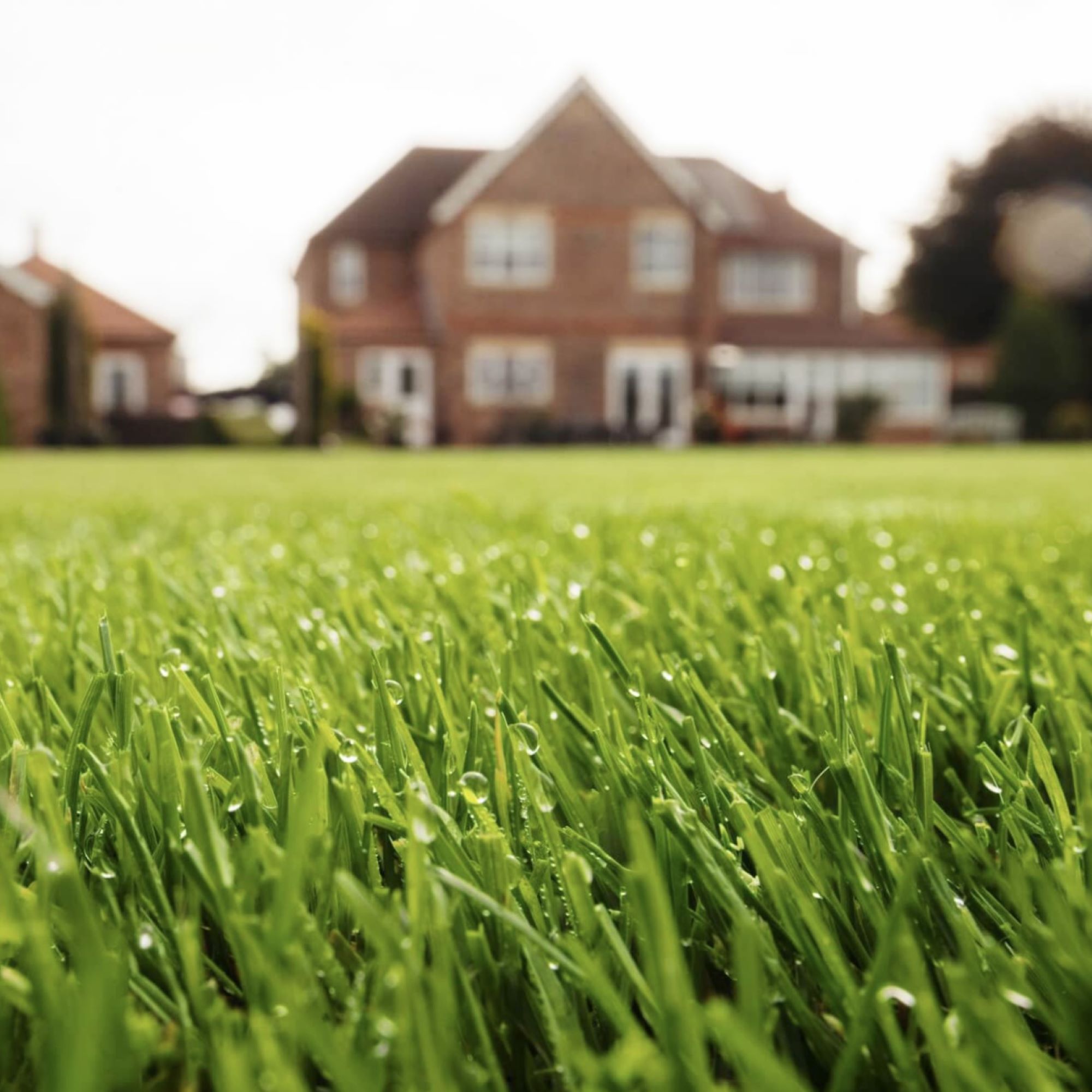
You should avoid aerating your lawn when the grass is dormant, i.e. not growing. This includes dormancy during winter, or during a heatwave when your grass is battling scorching heat.
'Aerating your lawn when it is a particularly hot and/or dry spell can result in drought and heat stress, due to the open holes in your turf,' says Jonathan. 'Avoid aerating in drought conditions or aerate when you can water the turf soon after aeration.'
So though it's wise to aerate your lawn after a heatwave, don't be tempted to do it during. You'll be creating rather than solving problems for your lawn, similar to the overwatered plant scenario.
Remember, aerating your lawn doesn't have to be complicated; use a simple tool like the McGregor Garden Lawn Aerator, £30 at Argos, and you'll be surprised at the difference it makes to your garden.
FAQs
Should I scarify or aerate my lawn first?
'Aerating and scarifying lawns on a regular basis can help you achieve a lush, healthy-looking lawn year after year,' says Paul from STIHL. 'Both these tasks are recommended to be done in spring and autumn, when the grass is actively growing.'
Scarifying and aerating will complement your lawn's health wonderfully, but in terms of which you should do first, the experts recommend you scarify before you aerate. Scarifying removes the layer of thatch build-up, essentially allowing your lawn to breathe. Aeration will therefore be more effective afterwards.
'Aerate a lawn after scarifying, which involves removing the top layer of thatch that may have been building up', say the experts at iCANLAWN.
Allow your lawn to recover for a few days after scarifying, before starting the aeration process.
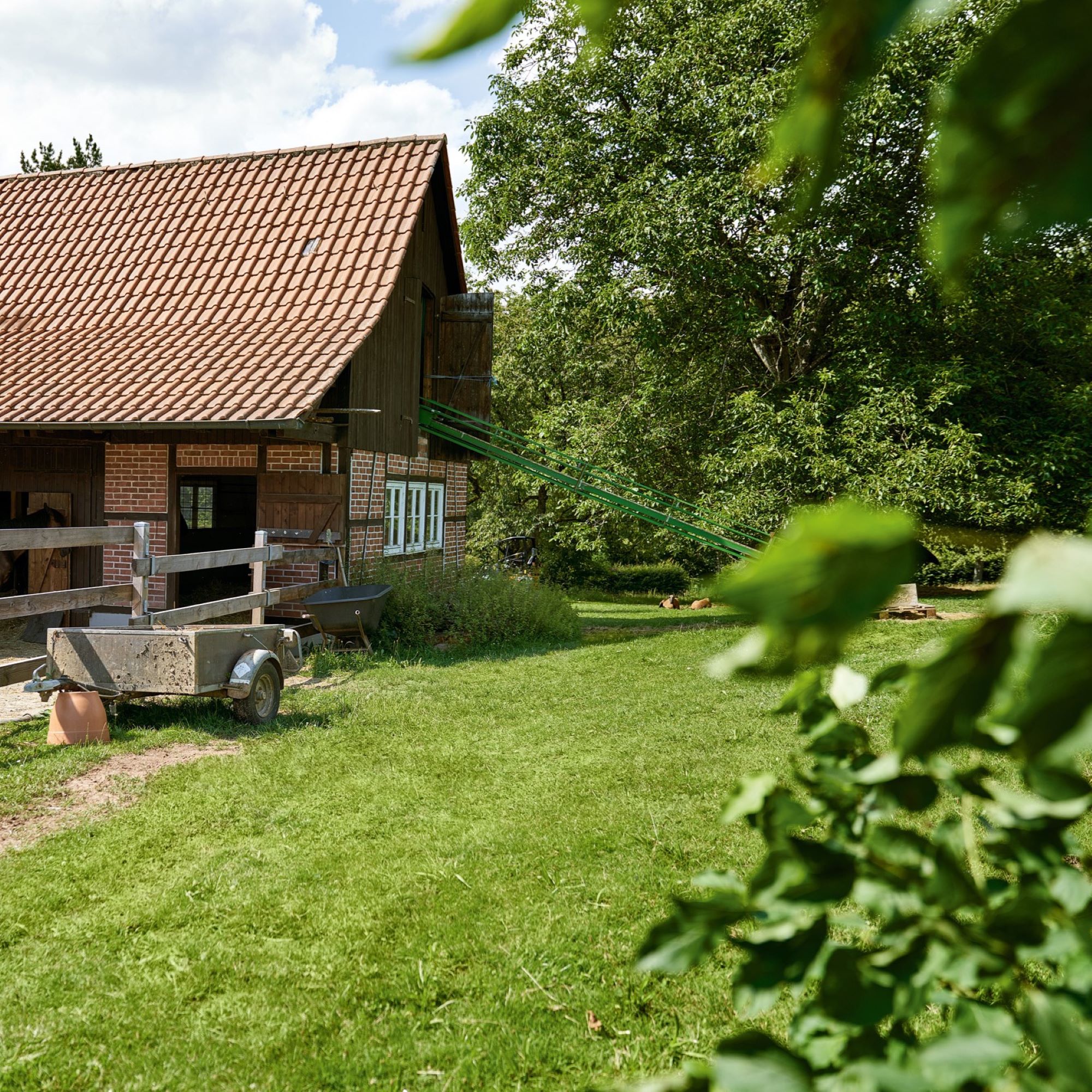
How do I know when I need to aerate my lawn?
When your lawn starts to look yellow, thirsty, and just a little lacklustre, you should think about aerating it. This is usually the case after a dry spell, when temperatures have soared but the rain has stopped. Your lawn does need to still be in an active growing mode when you aerate though.
Spring and autumn are the best times to aerate, especially autumn after your lawn has survived the hot summer months. 'A long summer of outdoor gatherings and family garden fun can take their toll on lawns leaving them looking worse for wear as autumn hits,' says Pete Challoner, Cobra. 'Aerating will allow vital nutrients to circulate in the ground and give roots space to breathe and grow back stronger before the colder months arrive.'







